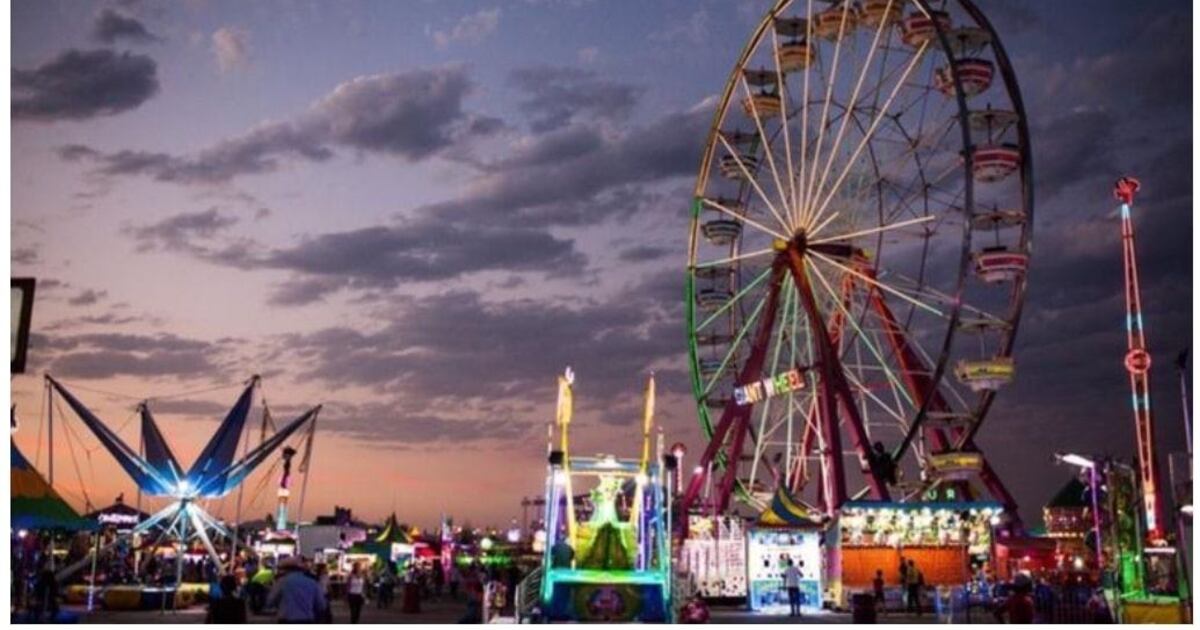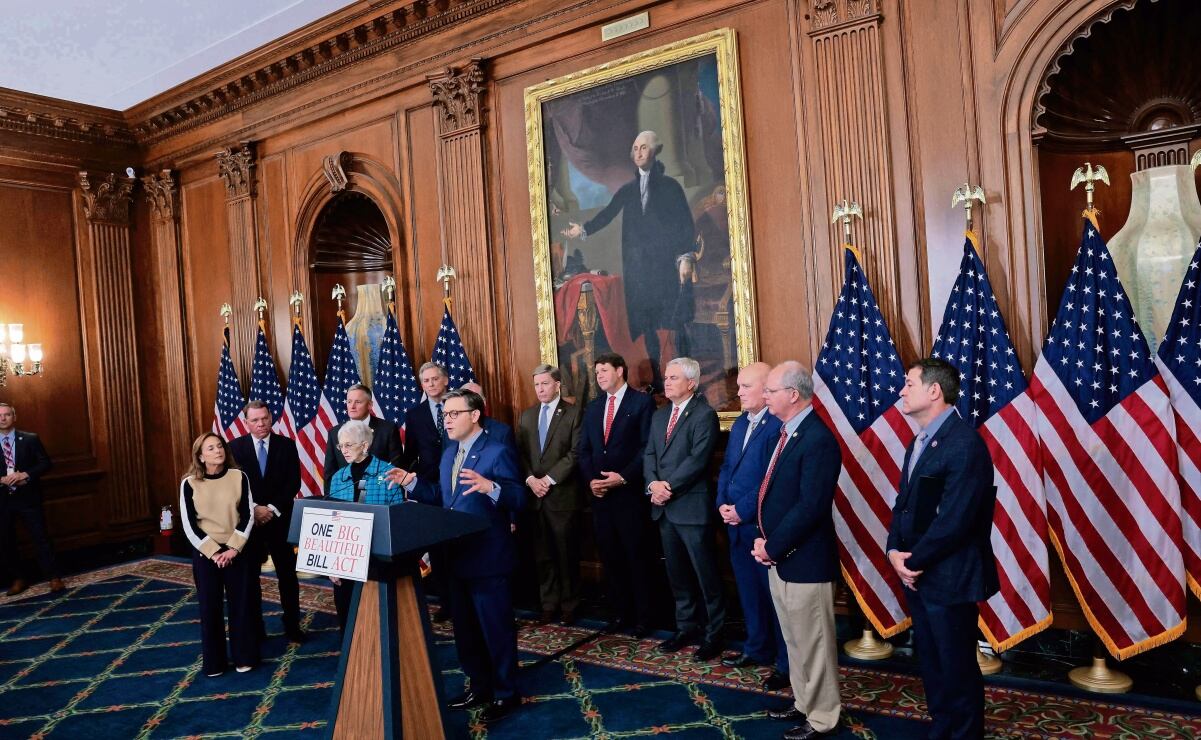The Enduring Magic of the Circus: How It Inspired Cinema's Greatest Classics

The circus. A vibrant spectacle of acrobats, clowns, and dazzling feats of skill – a beloved form of entertainment that transcends cultures and generations. From the sawdust ring to the silver screen, the circus has captivated audiences worldwide, leaving an indelible mark on the art of filmmaking. This article explores the enduring allure of the circus and delves into how it served as a powerful inspiration for some of cinema's most enduring classics, including Charlie Chaplin’s “The Circus” (1928) and “Trapeze” (1956).
A Timeless Appeal
The magic of the circus lies in its unique blend of artistry, athleticism, and theatricality. It's a world where the impossible becomes possible, where performers push the boundaries of human potential, and where laughter and wonder intertwine. The circus has always held a special place in the human imagination, representing a realm of fantasy, escape, and boundless possibility. Its universal appeal stems from the primal human fascination with skill, courage, and the extraordinary.
Chaplin's 'The Circus': A Masterpiece of Silent Comedy
Charlie Chaplin’s “The Circus” (1928) is arguably the most iconic cinematic representation of the circus. The film, set during the silent era, tells the story of a struggling artist who accidentally becomes part of a traveling circus troupe. Chaplin brilliantly uses the circus setting to explore themes of poverty, social injustice, and the search for belonging. The film's iconic scene featuring Chaplin being accidentally swept into the circus ring during a chaotic parade remains one of the most memorable moments in cinematic history. It’s a testament to Chaplin’s genius that he could weave such poignant social commentary within the framework of a seemingly lighthearted circus narrative.
'Trapeze': A Poignant Exploration of Human Relationships
Decades later, Carl Foreman’s “Trapeze” (1956), starring Burt Lancaster and Tony Curtis, offered a different, more dramatic interpretation of the circus. The film focuses on the intense relationship between two trapeze artists and their shared ambition for success. “Trapeze” delves into the complexities of human relationships, exploring themes of rivalry, loyalty, and the sacrifices made in pursuit of artistic perfection. The film's breathtaking aerial sequences are a visual feast, showcasing the incredible skill and daring of the performers while simultaneously underscoring the fragility of human life.
The Circus's Lasting Legacy
Beyond these two seminal works, the influence of the circus can be seen in countless films, from the whimsical to the dramatic. Its visual vocabulary – the vibrant costumes, the dynamic movements, the sense of spectacle – continues to inspire filmmakers today. The circus represents more than just entertainment; it’s a symbol of human ingenuity, resilience, and the enduring power of dreams. As long as there are stories to tell and imaginations to ignite, the circus will continue to captivate audiences both in the ring and on the screen.
The circus's legacy endures, a testament to its ability to inspire and entertain across generations and cultures. These cinematic masterpieces are just a glimpse into the profound impact of the circus on the world of film.






